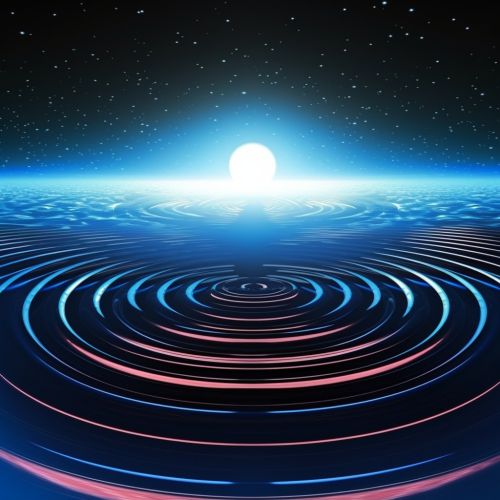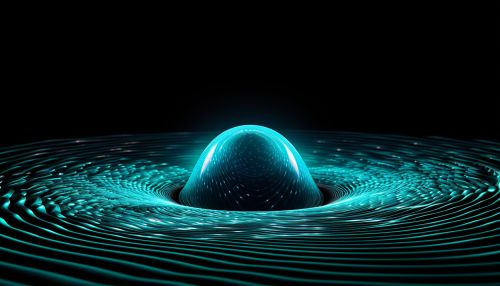Doppler Effect
Introduction
The Doppler Effect is a phenomenon observed in physical waves, such as sound or light, where the frequency and wavelength of the waves change due to the relative motion of the source and the observer. Named after Christian Doppler, an Austrian physicist who first proposed this concept in 1842, the Doppler Effect has significant applications in various fields, including astronomy, radar technology, medical imaging, and even music.
Theory
The Doppler Effect is based on the principle of wave propagation. When a source emits waves at a constant frequency, these waves propagate outward in all directions. If the source is stationary, the waves will have the same frequency and wavelength in all directions. However, if the source is moving, the waves in front of the source will be compressed, leading to a higher frequency and shorter wavelength. Conversely, the waves behind the source will be stretched, resulting in a lower frequency and longer wavelength.
This change in frequency and wavelength is what we perceive as the Doppler Effect. For example, when an ambulance with a siren passes by, the pitch of the siren seems to drop suddenly as the ambulance moves away from the observer. This is due to the Doppler Effect: the frequency of the sound waves decreases (and the wavelength increases) as the source of the sound (the ambulance) moves away from the observer.
Mathematical Representation
The Doppler Effect can be mathematically represented using the following formula:
f' = f (v + vo) / (v + vs)
where: f' is the observed frequency, f is the source frequency, v is the speed of the wave, vo is the speed of the observer relative to the medium, and vs is the speed of the source relative to the medium.
This formula assumes that the speeds of the source and the observer are much less than the speed of the wave, which is a valid assumption for sound waves but not for light waves. For light waves, a relativistic version of the Doppler Effect formula must be used.
Applications
The Doppler Effect has a wide range of applications in various fields.
Astronomy
In astronomy, the Doppler Effect is used to determine the velocity of distant galaxies. By observing the redshift or blueshift in the light from these galaxies, astronomers can determine whether the galaxies are moving towards or away from us, and at what speed.
Radar Technology
In radar technology, the Doppler Effect is used to determine the speed of a moving object. By comparing the frequency of the transmitted radar signal with the frequency of the reflected signal, the speed of the object can be calculated.
Medical Imaging
In medical imaging, the Doppler Effect is used in ultrasound technology to measure blood flow. By comparing the frequency of the transmitted ultrasound waves with the frequency of the reflected waves, the speed and direction of blood flow can be determined.
Music
In music, the Doppler Effect is used to create the vibrato effect in wind instruments. By moving the instrument rapidly towards and away from the listener, the musician can create a variation in pitch that enhances the musical effect.
See Also


